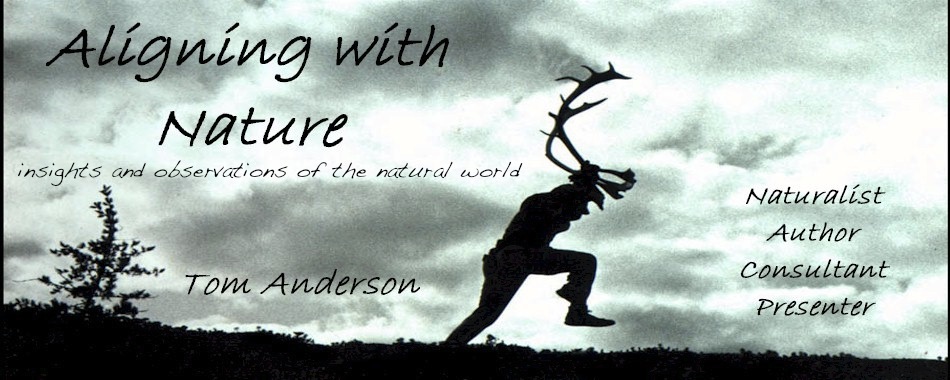An Alien Christmas Tree
When I was growing up, trudging through snow to find a Christmas tree was not a family affair. The annual December fetching of the tree was their unique and special bonding period for my sister and my dad. My brother and I didn’t mind because we got dad’s attention during the summer through Boy Scouts, by shagging fly balls after supper and going fishing and hunting with him.
Years later, I recall a similar tree-harvesting venture. My now adult daughter, Britta, was around eight years old. She followed my trail as I broke trail through the snow to a grove of young spruce trees that I had planted years before. We finally chose one. Before easing the sharp teeth of the buck saw into the tree’s base, I explained that we needed to properly thank this tree for giving itself to us. I told her of the practice that many native cultures practice in leaving an offering when plants or animals were killed for their use.
In less than a minute the tree was cut. I urged Britta to put her nose close to the fresh cut and take a deep smell. She let out a hearty childlike “Ahhhhhh!” And then she stood up, standing directly over the stump and let a long trail of spittle drop from her mouth to the stump. “There,” she said, “I am giving the tree some of myself.”
“Perfect” I said through my smile.
With both daughters married and living on the West Coast, the tree gathering has changed. Now my Lovely Lady and I don’t even cut or buy a conifer any more. Instead, we stroll through the woods behind the house with our eyes scanning the underbrush for our target Tannenbaum. The Christmas tree requirements have changed as we incorporate artistic expression. Now we seek three saplings of the deciduous alien and pariah, buckthorn.
Millions of dollars have been spent in the Upper Midwest on controlling the spread of buckthorn. In Minnesota there are two species of this “noxious” outcast: Common and Glossy. Like most of us, this plant is not indigenous to North America. It was brought here from European Continent back in the mid-1800s. It was a very popular shrub for planting hedges. Not only did is shear easily but it held on to its summer green well into November when the rest of the world is moving towards shades of gray.
While buckthorn berries are not a top choice for birds to feed on, they often have no choice in food availability when other native species have a poor bearing year. Birds are effective agents for moving plants around. They eat the berries, digest the pulpy fruit and spread the hard seeds across the countryside in their droppings.
Without any native limiting factors that might impede their spread, the buckthorn has spread like a wildfire across the landscape. It has out-competed many of the native species and has changed the look of both wild and urban areas.
By elevating them to Christmas tree status, I am trying to find love for them. Sooner or later a limiting factor will likely evolve and retard their expansive days of having their way with the landscape.
Ideally, we are looking for three similar lengths, approximately 5-6 feet in length. All branches and spines are cut off. It might not be a bad idea to treat the fresh cut stump with a buckthorn killing agent such as Garlon 4 or Pathfinder . We are practicing a zero tolerance for any toxins on our fragile sandy soils that filter our shallow water table.
After the buckthorn is cut, we scan the naked canopy of the trees that grow at the sunlit edge of the woods for wild grape vines that climb high into the red oaks and black cherrys. We don’t want the thick Tarzan swinging vines; instead we are looking for those that are no thicker than our little finger and then taper to a boot-lace size. The lopping shears easily cuts them and then they are gently pulled from the upper limbs. Once we have two or three vines, we start the actual job of fetching. The tangle of vines are far more unwieldy than the three buckthorn lengths.
Once back in our yard, we construct a simple tripod with the three rigid poles and a piece of baling twine. Then, starting at the base, we begin wrapping the vine around and around the structure. In no time, we have a very earthy structure that is easily set in living room bay window. Strings of colorful lights are wrapped around our little Christmas tipi. These are followed by the decorations. All are easily hung by hooking them to the swirl of grape vines.
While there is no nostalgic essence of fir emanating from the non-existence boughs, there is also no need to water the tree. This is one totally organic, free range decomposable tree. And if we are gentle with the skeletal structure, we can be assured of a number of years with this alien sitting front and center on the Yule stage.

